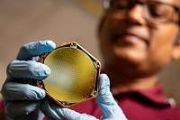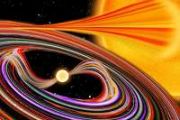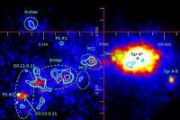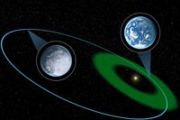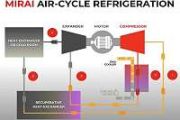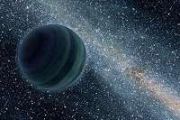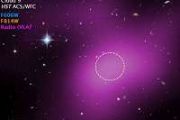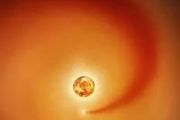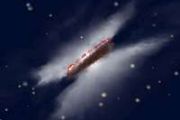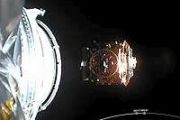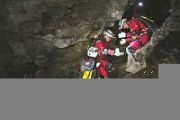
Copernical Team
Momentus First Demonstration Mission Status Update #5
 Momentus Inc. (NASDAQ: MNTS), a U.S. commercial space company that plans to offer transportation and other in-space infrastructure services, has provided its fifth Mission Update on its inaugural Vigoride mission that launched on May 25.
Since the Company's last update on August 3, Momentus has successfully deployed an additional payload from its Vigoride orbital transfer vehicle. SelfieSa
Momentus Inc. (NASDAQ: MNTS), a U.S. commercial space company that plans to offer transportation and other in-space infrastructure services, has provided its fifth Mission Update on its inaugural Vigoride mission that launched on May 25.
Since the Company's last update on August 3, Momentus has successfully deployed an additional payload from its Vigoride orbital transfer vehicle. SelfieSa Falcon 9 set to launch BlueWalker 3 to Low Earth Orbit
 AST SpaceMobile, Inc. ("AST SpaceMobile") (NASDAQ: ASTS), the company building the first and only space-based cellular broadband network accessible directly by standard mobile phones, has announced its BlueWalker 3 (BW3) test satellite is planned to reach orbit September 10 from Kennedy Space Center in Cape Canaveral, Florida, a mission that plans to kick off testing with mobile network operator
AST SpaceMobile, Inc. ("AST SpaceMobile") (NASDAQ: ASTS), the company building the first and only space-based cellular broadband network accessible directly by standard mobile phones, has announced its BlueWalker 3 (BW3) test satellite is planned to reach orbit September 10 from Kennedy Space Center in Cape Canaveral, Florida, a mission that plans to kick off testing with mobile network operator Hubble finds spiraling stars, providing window into early universe
 Nature likes spirals - from the whirlpool of a hurricane, to pinwheel-shaped protoplanetary disks around newborn stars, to the vast realms of spiral galaxies across our universe.
Now astronomers are bemused to find young stars that are spiraling into the center of a massive cluster of stars in the Small Magellanic Cloud, a satellite galaxy of the Milky Way.
The outer arm of the spira
Nature likes spirals - from the whirlpool of a hurricane, to pinwheel-shaped protoplanetary disks around newborn stars, to the vast realms of spiral galaxies across our universe.
Now astronomers are bemused to find young stars that are spiraling into the center of a massive cluster of stars in the Small Magellanic Cloud, a satellite galaxy of the Milky Way.
The outer arm of the spira Unraveling a mystery surrounding cosmic matter
 Early in its history, shortly after the Big Bang, the universe was filled with equal amounts of matter and "antimatter" - particles that are matter counterparts but with opposite charge. But then, as space expanded, the universe cooled. Today's universe is full of galaxies and stars which are made of matter. Where did the antimatter go, and how did matter come to dominate the universe? This cosm
Early in its history, shortly after the Big Bang, the universe was filled with equal amounts of matter and "antimatter" - particles that are matter counterparts but with opposite charge. But then, as space expanded, the universe cooled. Today's universe is full of galaxies and stars which are made of matter. Where did the antimatter go, and how did matter come to dominate the universe? This cosm Surprise finding suggests 'water worlds' are more common than we thought
 Water is the one thing all life on Earth needs, and the cycle of rain to river to ocean to rain is an essential part of what keeps our planet's climate stable and hospitable. When scientists talk about where to search for signs of life throughout the galaxy, planets with water are always at the top of the list.
A new study suggests that many more planets may have large amounts of water tha
Water is the one thing all life on Earth needs, and the cycle of rain to river to ocean to rain is an essential part of what keeps our planet's climate stable and hospitable. When scientists talk about where to search for signs of life throughout the galaxy, planets with water are always at the top of the list.
A new study suggests that many more planets may have large amounts of water tha JAXA startup Tenchijin releases free land evaluation app using EO data
 Tenchijin COMPASS enables people who have never used satellite data before to analyze, visualize data, and experience the power of satellite data.
The use of satellite data has been attracting attention, but it has tended to have an image of being expensive and difficult to handle. Therefore, Tenchijin, Inc., a Japan Aerospace Exploration Agency (JAXA) -recognized startup, has been support
Tenchijin COMPASS enables people who have never used satellite data before to analyze, visualize data, and experience the power of satellite data.
The use of satellite data has been attracting attention, but it has tended to have an image of being expensive and difficult to handle. Therefore, Tenchijin, Inc., a Japan Aerospace Exploration Agency (JAXA) -recognized startup, has been support Why do we always need to wait for launch windows to get a rocket to space
 Earlier this week, the Artemis I Moon mission was scrubbed again; now we have to wait for a new launch window.
Just 40 minutes before the Space Launch System rocket was set to take off from Kennedy Space Centre in Florida on September 3, a leaking fuel line caused engineers to scrub the launch.
So what is a launch window, and why can't a rocket go up at any time? And what does it mea
Earlier this week, the Artemis I Moon mission was scrubbed again; now we have to wait for a new launch window.
Just 40 minutes before the Space Launch System rocket was set to take off from Kennedy Space Centre in Florida on September 3, a leaking fuel line caused engineers to scrub the launch.
So what is a launch window, and why can't a rocket go up at any time? And what does it mea MTG-I1 weather satellite shows off
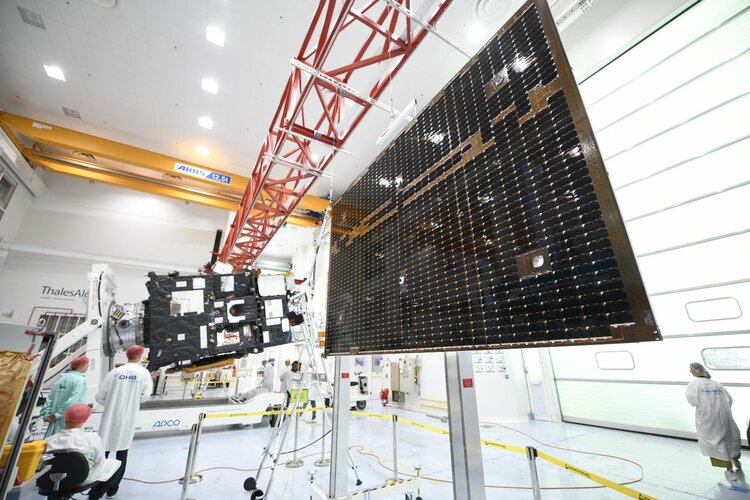
Before Europe’s first Meteosat Third Generation Imager leaves the south of France at the end of the month aboard a ship bound for French Guiana, this remarkable new weather satellite has been taking centre stage at Thales Alenia Space’s facilities in Cannes.
This is ESA: now interactive – in 23 languages!
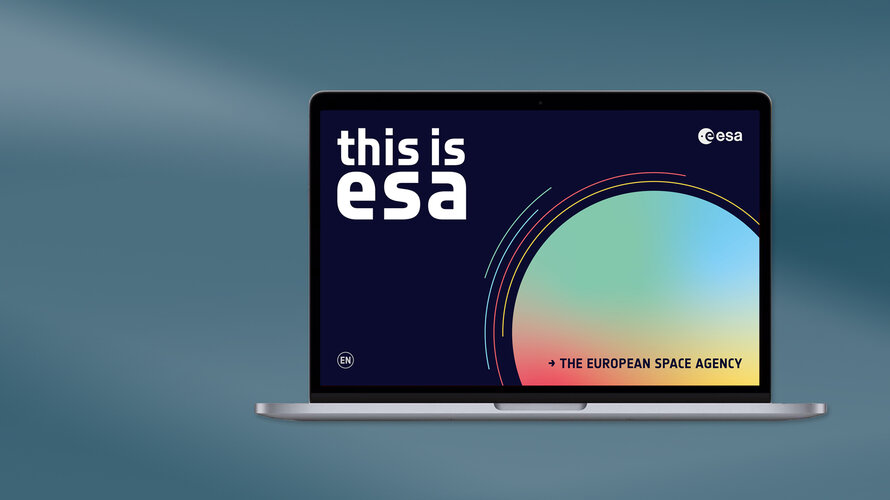
This is ESA is an illustrated guide to what ESA is and what we do. It has been available in print since 2019. Now this brochure is also available as an interactive publication in all ESA Member State languages.
NASA eyes two more dates in September for possible Moon launch

NASA is looking at September 23 and September 27 as possible dates for its next attempt at launching its Artemis 1 mission to the Moon, senior official Jim Free told reporters Thursday.
Two previous attempts were scrapped after the giant Space Launch System rocket experienced technical glitches including a fuel leak.
"The 23rd is a 6:47am window open for 80 minutes, and the 27th is an 11:37am window with a 70-minute duration," said Free, associate administrator for the agency's exploration systems development directorate.



